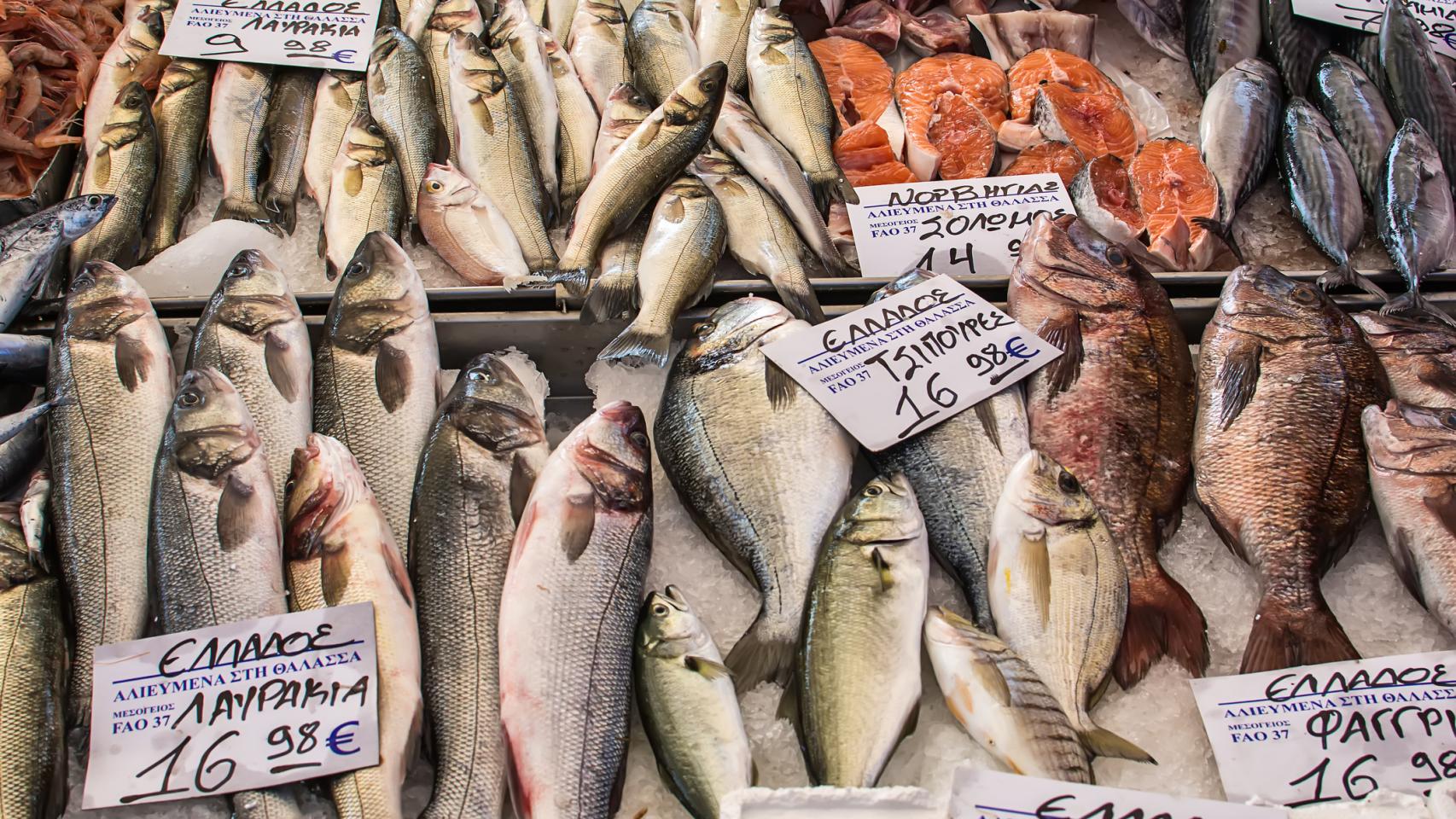Related news
Although we now know that we must take fat in our daily diet, this was not always the case. A few decades ago, in Spain we avoided fatty foods, whether they were nuts or processed meats. Now we know that, in terms of fats, there are some that are bad in excess and others that are heart-healthy and we must consume often. A good example of these fats are olive oil or blue fish.
Blue fish are all those species that contain more than 5% fat in their composition. In any case, these fats are positive for our health because, for the most part, they are made up of unsaturated fatty acids. Among these healthy fats is one with a very popular name: omega-3 fatty acid. Its reputation for caring for the heart is true, its main function is to maintain cholesterol levels.
Some of the best known blue fish are tuna, salmon or emperor. A series of highly demanded species, but sometimes not suitable for all budgets. Anyway, there are other oily fish that are just as healthy or more so that they have a lower price. The star products, in this sense, are sardines – which are also very healthy in a can – and, of course, anchovies.
These two species of oily fish may seem inferior to the more expensive oily fish, but they really are a source of healthy nutrients. In fact, these two fish are small in size, which means that they do not accumulate as much mercury in their meat as the larger species that feed on small fish. In this sense, swordfish, shark or tuna they should be consumed in greater moderation.
Omega-3 in the anchovy
Although the levels of mercury in the fish consumed in Spain are monitored by the health authorities, the largest specimens must be reduced in certain population groups such as children or pregnant women. With small fish, such as anchovies, this does not happen and, therefore, they are a good source of fats, proteins and minerals in any of the population groups.
When we think of omega-3 acids, the fish that usually comes to mind is salmon. However, there are others that contain a greater amount of this type of fat and one of them is anchovy. While salmon have just over 1.6 grams of this fatty acid per 100 grams of weight, the anchovies have in the same proportion more than 2 grams.
Salmon, however, contains almost twice as much fat as anchovies, but most of them are of the monounsaturated type. Anchovy fat, for its part, is mostly composed of polyunsaturated fatty acids, which is the type of fat to which omega-3 belongs. These two types of fat prevent cardiovascular diseases: monounsaturated acids lower blood cholesterol and polyunsaturated acids are essential for our cells.
A good price
In addition, these two fish can also be differentiated by their price. While a kilo of salmon costs almost 8 euros, that of anchovies only costs 4 euros. That is, the latter are worth half that of salmon, provide more omega-3 and they also have good protein and mineral values. Eating healthy does not always require spending large sums of money.
Anchovies stand out for their contribution of selenium, which is essential for reproductive health, but also has antioxidant effects. Its adequate consumption has been linked to protection against infections. A portion of anchovies, as explained by the Spanish Nutrition Foundation (FEN) provides 73% of the recommended daily intake of this mineral. It contains 36.5 micrograms per 100 grams.
Of course, anchovies are a good source of protein: contain 17.6% protein in the total proportion. Although other mammalian meats have a higher amount of this macronutrient, fish have a better nutritional profile, especially in terms of fat. Therefore, it is better to obtain protein from fish or even eggs, nuts and legumes.
Follow the topics that interest you
Reference-www.elespanol.com
